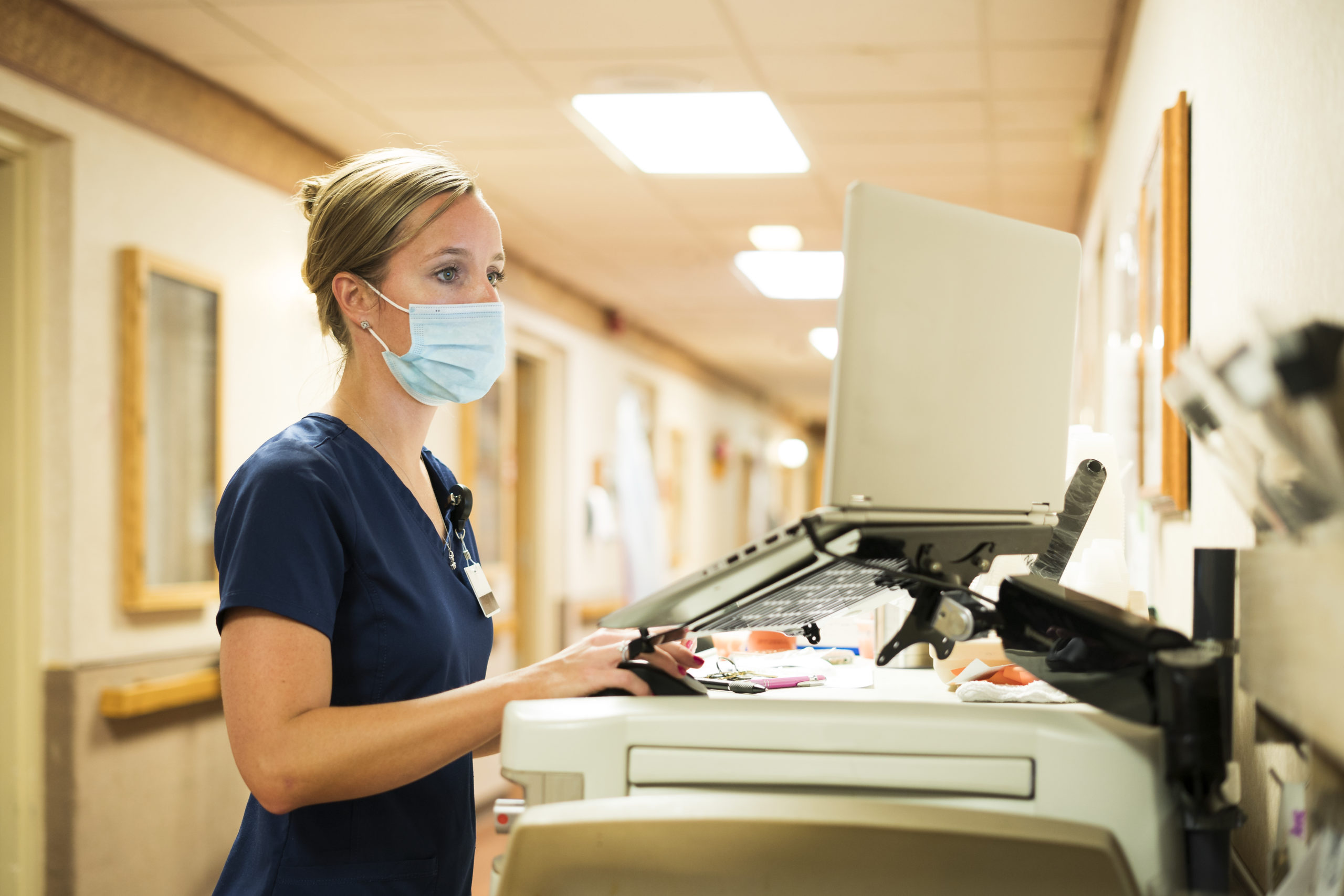
Case Study
Healthcare team adds a digital member
The Challenge
Maine Medical Center, which is part of the MaineHealth network, houses one of the state’s only cardiothoracic intensive care units where patients recover following heart, lung, and other types of chest surgery. Monitoring devices already collect health data on these patients—vital signs, oxygen levels, electronic medical records—but caregivers also need new, more efficient ways to analyze and visualize this data in order to predict negative health outcomes, intervene earlier, and save lives.

Medicine is increasingly becoming a computational discipline. The algorithm is becoming a valued member of the healthcare team.”
Rai Winslow
Director of Life Science and Medical Research
The Roux Institute
The Partnership
MaineHealth’s chief academic officer, Doug Sawyer, and Maine Medical Center’s director of cardiothoracic research, Bob Kramer, partnered with the Roux Institute’s Rai Winslow, director of life science and medical research, and Melanie Tory, director of data visualization research. Winslow is a world-renowned leader in computational medicine, an emerging discipline that he helped create, and Tory is an expert in human-data interaction. Computational medicine involves building computer models of human physiology to understand how disease develops and then using those models to design new diagnostics and treatments personalized to a patient’s needs. This approach, coupled with effective interfaces to convey the information to clinicians, helps clinicians deliver precise, individualized care to patients. For example, wearable technologies allow caregivers to monitor patients’ health on a more continuous basis at a hospital or clinic, or even when the patient is home.
The Goal
MaineHealth and the Roux Institute want to show how real-time monitoring devices are more powerful when paired with predictive algorithms and visual tools to display patient data. The partnership begins with studying past patients and health outcomes in the cardiothoracic ICU and observing how the ICU currently monitors patients. This will, in turn, inform new strategies that help caregivers to determine how and when to intervene before a patient’s situation becomes critical. Tory’s team expects to develop a dashboard for nurses that displays Winslow’s real-time predictions about patient outcomes.
This collaboration promises to change the way we manage patients recovering from surgery, giving care teams the ability to predict and prevent adverse events.”
Doug Sawyer
Chief Academic Officer
MaineHealth
If you can think it, we can help you build it.
To solve a challenge—or turn an idea into reality—contact us. Our expertise is broad, ranging from experiential AI, nanoscience, and coastal sustainability to supply chain management. We can help you develop new technologies and even launch new ventures.